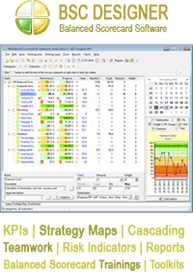Variance business analysis
Variance is a concept that had emanated from statistics and probability theory. Variance is generally used as a descriptor of a distribution. Variance explains the distance between actual values and the mean value. Variance was introduced by Ronald Fisher in his paper, ‘The Correlation Between Relatives on the Supposition of Mendelian Inheritance’ in 1918. He stated that the deviations of measurement from its mean follow the normal law of errors quite closely. Hence, he concluded that the variability might be measured uniformly by the standard deviation that corresponds to the square root of mean square error. Variance analysis is also known as analysis of variance (ANOVA).
However, in management accounting and budgeting of business enterprises, the variance is considered as the difference between a standard, planned, or budgeted amount and the actual amount incurred or received. Variances are computed for both revenues and costs. To put it in simple terms, variance is the difference between what was expected and what was actually received. If you had expected to sell a product for $1.25 and you were able to receive only $1.00, then the variance is $0.25 less than expected. This means that you actually received $0.25 less than your estimation, an unfavorable variance. This quantum of unfavorable or favorable variance obtained through variance analysis is used to arrive at informed decisions on revenue generation and cost control. Variance analysis had led to earned value management principle (EVM).
Review of this method in Business Analysis Toolkit
The detailed review of this business analysis method is a part of Business Analysis Toolkit. In this review you will learn:
- What problems are solved by this method and how?
- How to use the method step-by-step
- Pros and cons for this method
- Best practices for the method
- Practices to avoid
- Summary about the method


